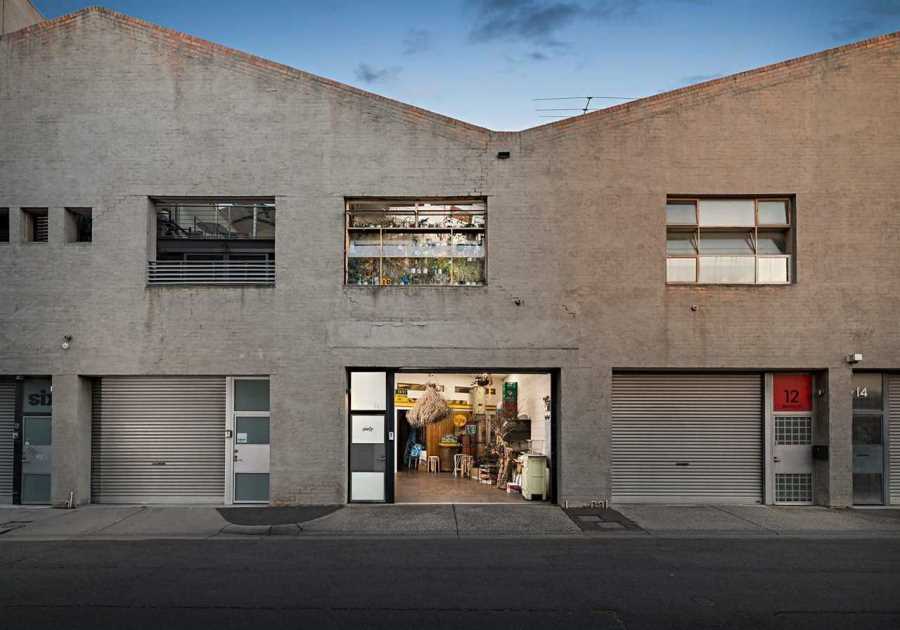David Oller/Getty Images
- Barcelona is a decade into transforming many of its streets into green, car-light public spaces.
- The effort is admired by urban planners around the world and could be a model for US cities.
- Americans are increasingly demanding dense, walkable, mixed-use neighborhoods.
Barcelona may have found an answer to a whole host of social, health, and environmental ills.
The city began implementing "superblocks" — "superillas" in Catalan — a decade ago as a way to cut air pollution. The project essentially limited through-traffic in a cluster group of nine square city blocks, creating greener and more pedestrian-friendly streets.
Early opposition to the pilot project soon gave way to widespread support as residents experienced the benefits of quieter, cleaner streets and intersections that functioned more as parks than thoroughfares. Since then, the model has been replicated in neighborhoods across the city.
The green spaces — which range from temporary seating areas to permanent playgrounds and other installations — have transformed streets for cars into plazas and linear parks. The idea is to cut noise and air pollution, get people to walk, bike, and exercise more, enhance social cohesion within neighborhoods, and build climate resiliency with cooler, greener streets, city officials say.
Superblocks feature people napping on benches, walking their dogs, or hanging at a cafe in in the middle of an intersection-turned-plaza. Kids run and bike freely — including in organized school bike squads. With a speed limit of 10 kilometers per hour (just over 6 mph), vehicles inside the green oases no longer threaten the peace and safety of residents.
Earlier this year, the city announced yet another major expansion of the project, with a goal of making a third of city streets green by 2030.
The Spanish city is far ahead of many of its peers when it comes to building walkable green spaces, but its efforts could be a model for cities around the world. Dense, walkable, mixed-use neighborhoods are increasingly in high demand in the US. And as Americans experience an epidemic of loneliness, a built environment that fosters social connection might be crucial for public health.
"It really goes beyond just a traffic-calming measure," said Sven Eggimann, an urban infrastructure researcher at the ZHAW School of Architecture in Switzerland. "This concept really tries to tackle noise, health, social space, urban greenery. I mean, you name it."
People who live in communities with more walkable neighborhoods, shared space, greenery, and diverse types of housing, feel more socially connected and less lonely. This is in part because public spaces encourage both incidental interactions between strangers and acquaintances — so-called "weak" social ties — and spontaneous interactions between friends, both of which boost a sense of belonging and connection.
And research has found that noise pollution is tied to mental health conditions like sleeplessness and depression, while air pollution is associated with dementia and strokes.
Superblocks create accessible and, crucially, free "third places" — gathering spaces outside of home, work, and school — that are key to fighting loneliness.
Superblocks are "destinations," said Tayana Panova, a researcher who studies the built environment's effects on mental health. "You don't have to be moving through them. You can stop there, and rest, and connect and play, and just enjoy life."
Without squares, plazas, and public green space, people are limited to third places that cost money to be in, likes shops, restaurants, bars and cafes, Panova added.
"The third place offers opportunities for for people to meet and come across people that they really wouldn't have the opportunity to, to interface with if it were not for these desirable public spaces," Jonathan Cohn, a transportation and infrastructure architect who's worked on public space initiatives in New York City.
Residents of Barcelona's superblocks are already seeing positive mental health impacts. Efforts to make much of the city greener and more walkable are expected to reduce both visits to mental health specialists and the use of antidepressants by 13%, according to a survey.
Spreading the superblock gospel
Barcelona didn't invent superblocks — it got the idea from the nearby city of Vitoria-Gasteiz, which saw a huge drop in air and noise pollution when it implemented the concept in 2008. Urban planners around the world have developed all kinds of ways to slow and reduce traffic.
Many cities across Europe have either banned or strictly limited vehicle traffic in their downtowns. Superblocks are similar to the Dutch "woonerf," which translates to living street, and is characterized by car-light, curb-less roads that prioritize pedestrians and bicyclists.
Something like a superblock is most urgent in areas that suffer from high levels of noise and air pollution and lack street greenery. And they need to be densely populated — this isn't a practical option for neighborhoods dominated by single-family homes — and have some amount of public transit, Eggimann said.
No American city has attempted any pedestrianization effort on the scale of what Barcelona is doing. But some dense urban areas are working on smaller-scale projects. New York City has built pedestrian plazas along sections of Broadway in Manhattan and is experimenting with temporary, car-free "Open Streets." San Francisco has implemented "slow streets," which discourage through-traffic on largely residential blocks.
Rather than embarking on a grand vision of dramatic change, cities can try "doing small things fast," Eggimann said, so that residents can see the benefits quickly.
There are also downsides that have to be planned for. Making a neighborhood more attractive with more walkable, green streets could mean triggering or speeding up gentrification. Making it harder to drive when public transportation isn't simultaneously improved could make commutes harder.
It's clear that while there might be political challenges and initial opposition, Americans want greener communities with more public space. More walkable communities with high-quality public spaces are much more expensive to live in, indicating high demand. Home buyers in the biggest cities in the US pay 35% more to live in walkable neighborhoods and renters pay 41% more, according to a report published earlier this year by Smart Growth America.
Getting people to drive less or give up their parking spots is a serious challenge. And it requires messaging tailored to the specific community. In Switzerland, where urban planners are attempting to calm traffic in major cities, Superblocks would need to be rebranded to something more appealing, Eggimann said.
"The name doesn't work because no one wants to be super and live in blocks," he said.
Read More
By: [email protected] (Eliza Relman)
Title: The key to solving loneliness and pollution might be giving up cars and hanging out in the street. It's working in Barcelona.
Sourced From: www.businessinsider.com/barcelona-solution-loneliness-crisis-pollution-cars-streets-parks-traffic-sidewalks-2023-12
Published Date: Fri, 01 Dec 2023 11:01:01 +0000
Did you miss our previous article...
https://trendinginbusiness.business/business/what-qualities-make-a-worldclass-footballer
.png)





